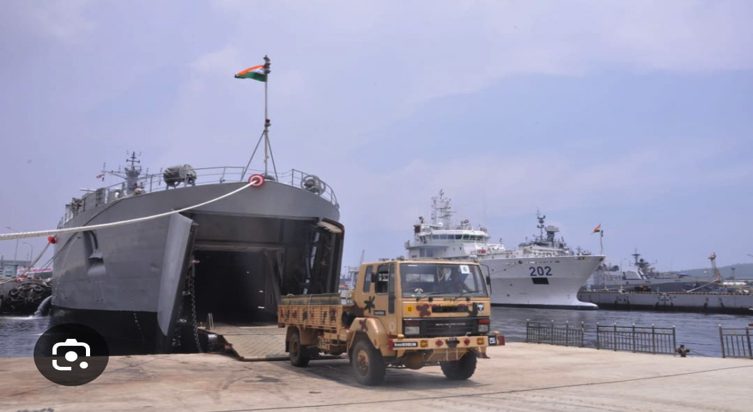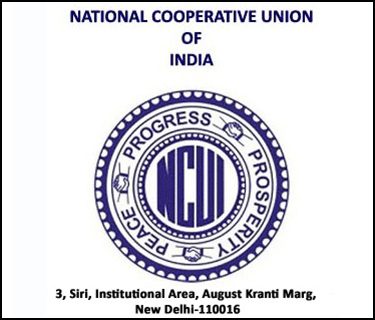In response to the devastating earthquake that struck Southeast Asia on March 28, 2025, the National Agricultural Cooperative Marketing Federation of India Ltd. (NAFED) has emerged as a pivotal force in India’s humanitarian response, operating in close coordination with global efforts, including those led by the United Nations.
Tasked with the critical responsibility of delivering essential food aid to the affected region, NAFED acted swiftly to mobilize and dispatch an initial consignment of 280 metric tons of Non-Basmati White Rice from Visakhapatnam Port.
This shipment, transported aboard an Indian Naval Ship, is en route for rapid deployment in Myanmar, aimed at providing vital sustenance to thousands of earthquake-stricken families.
Reinforcing the urgency of its mission, NAFED facilitated the airlifting of an additional 17 metric tons of rice from Hindon Air Base to ensure immediate on-ground support for communities grappling with the aftermath of the disaster.
The Government of India, underscoring its unwavering commitment to regional solidarity and humanitarian outreach, has further pledged the supply of an additional 5,000 metric tons of rice to Myanmar in the coming days.
Through its timely, strategic, and efficient operations, NAFED has demonstrated its indispensable role in India’s international relief efforts, reaffirming its dedication to food security and crisis response on a global scale.
The earthquake, registering a powerful magnitude of 7.7, struck near Mandalay, Myanmar, along the volatile Sagaing Fault. It was followed closely by a 6.4 magnitude aftershock, exacerbating the devastation across the region.
In Myanmar alone, the disaster resulted in over 3,100 fatalities, more than 4,500 injuries, and at least 221 people reported missing. Thousands of buildings, including schools, hospitals, and administrative facilities, were reduced to rubble.
According to the United Nations, more than 17 million people across 57 townships were affected, with 9 million facing serious disruption to access to food, shelter, and medical care. The catastrophe further intensified an already dire humanitarian situation in Myanmar, which has been mired in conflict since the military seized power in 2021. A temporary ceasefire has since been declared to allow for relief efforts to proceed.
The tremors extended into neighboring Thailand, where Bangkok experienced significant structural damage. An unfinished 30-story building collapsed, claiming 22 lives and injuring at least 35 others.
Thai authorities swiftly declared the capital an emergency zone. In the wake of the disaster, the international community mounted a rapid response. Seventeen countries, including India, have sent aid, and over 1,550 international rescue workers have been deployed to assist with relief operations.
The United Nations has called for increased funding and unimpeded humanitarian access, particularly as the region braces for the upcoming monsoon season. As Southeast Asia struggles to recover from the catastrophe, India—through NAFED—has played a vital and visible role in spearheading regional recovery and support.













































